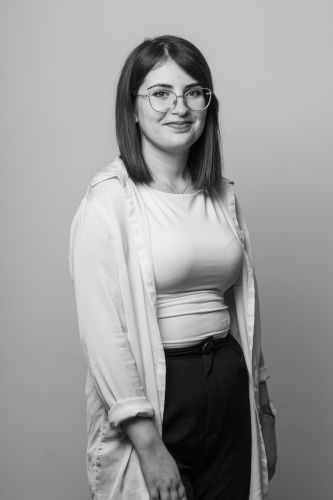

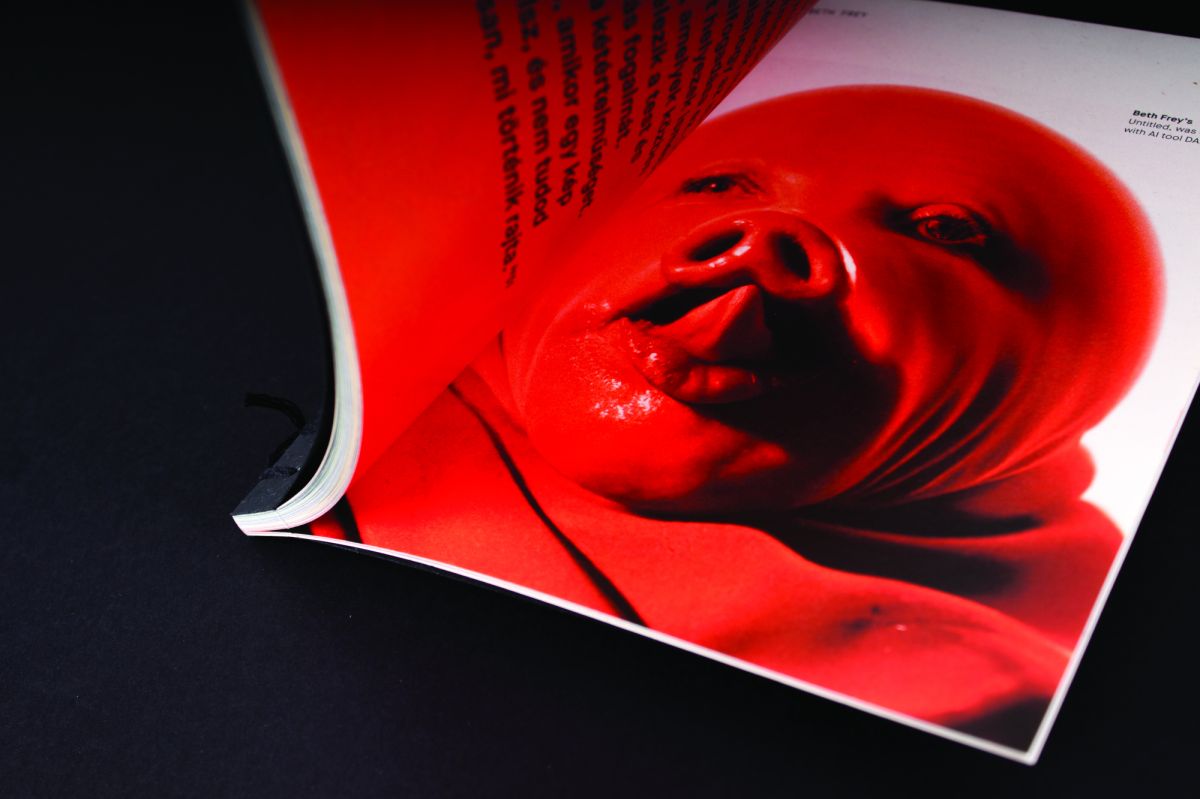
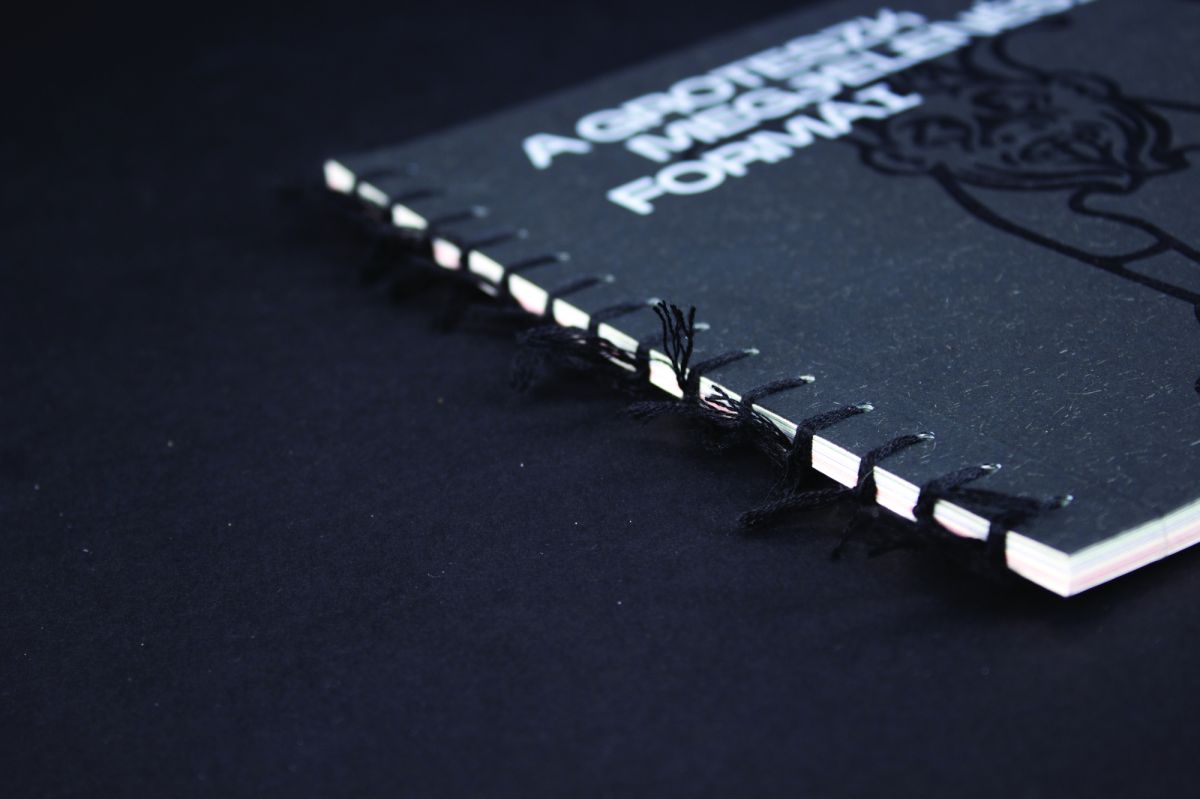
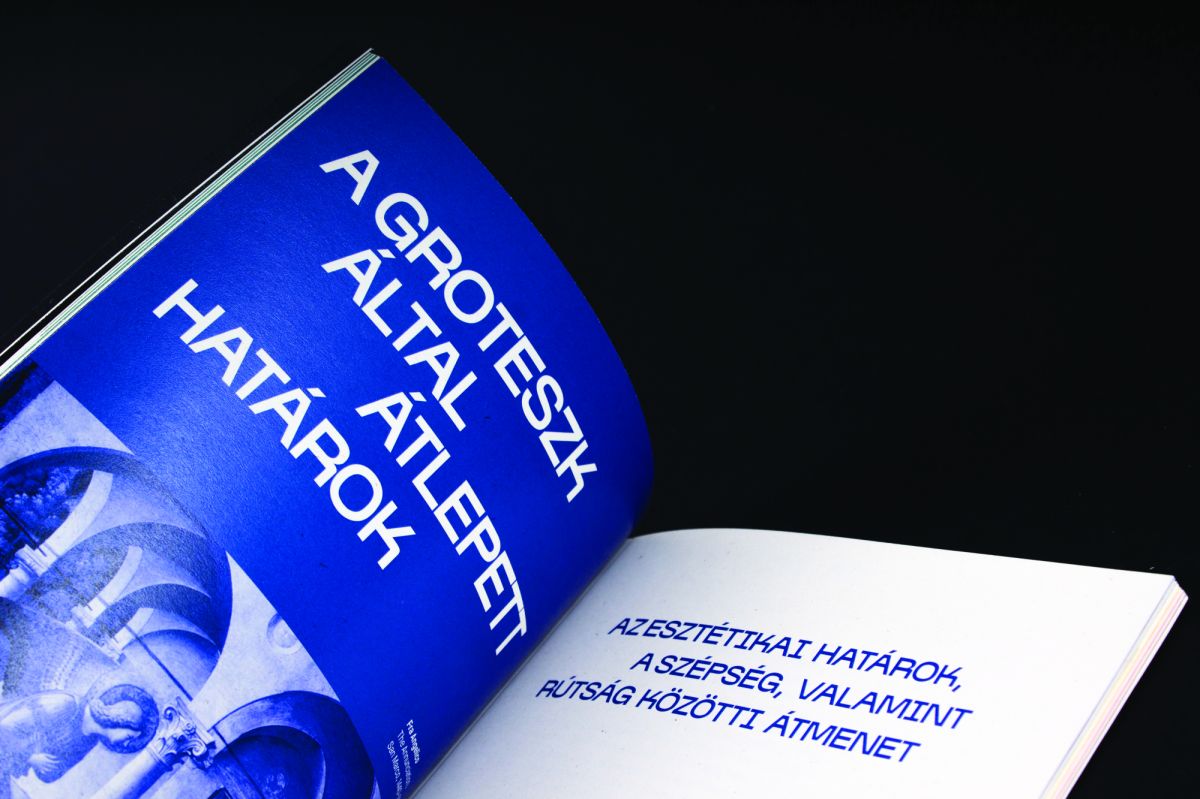
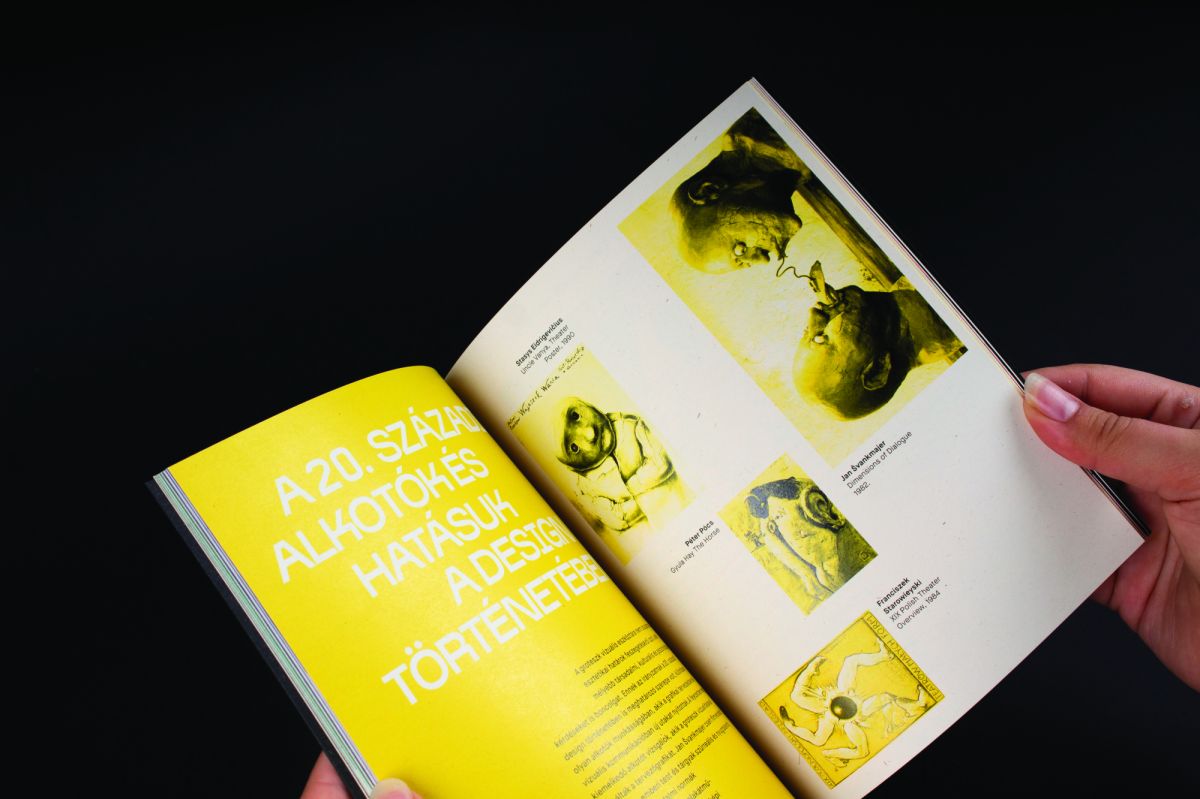
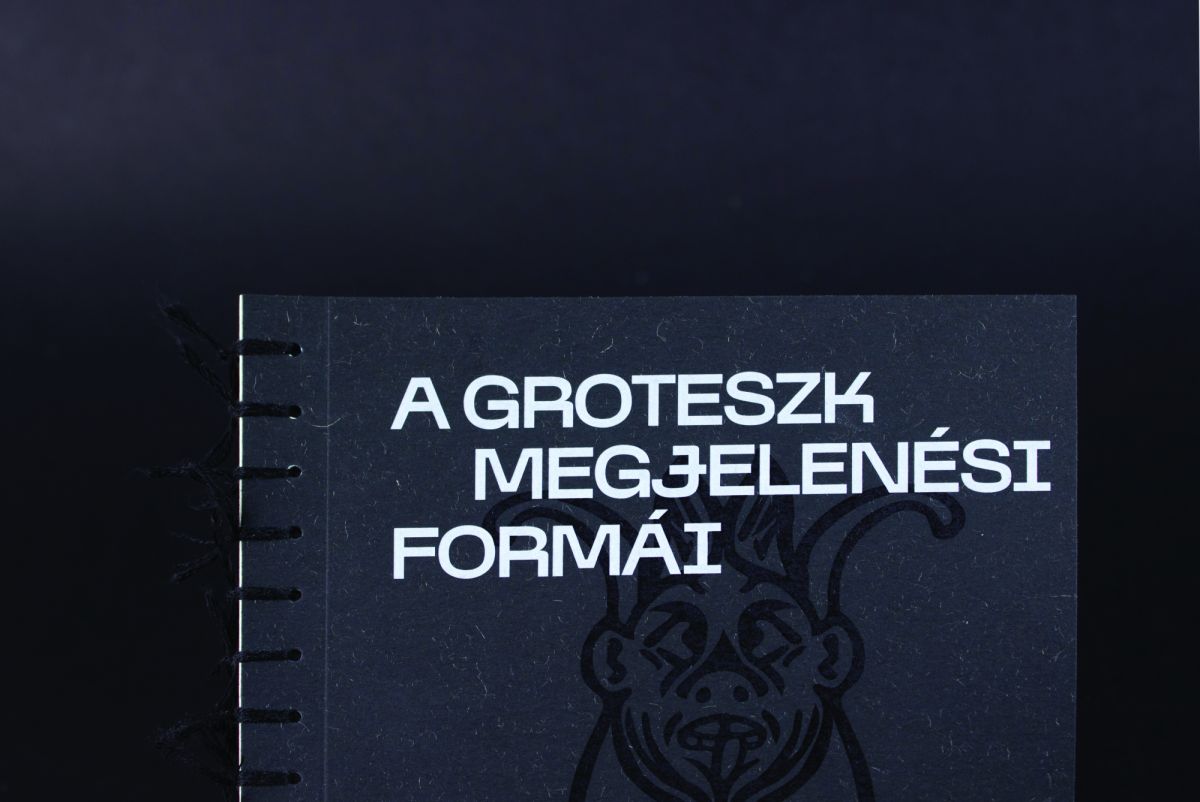
My thesis is based on András Cserna-Szabó’s collection of grotesque short stories entitled Félelem és reszketés Nagyhályogon (Fear and Trembling in Nagyhályog), from which I selected three stories for illustrative adaptation. The collection reveals a distorted, absurd world where the characters act on their hidden and often dark desires, while grotesque humor and the constant presence of death permeate everyday village life. In my visual adaptation of the stories, I sought to make the grotesque aesthetic visually perceptible: physical deformities, oppressive moods, and everyday absurdities come to life in a unique visual language. In creating the illustrations, I combined my own illustrations with collage techniques, which allowed me to use layering, distortion, and alienation as visual tools.
behance.net/anettjere
instagram.com/anett.jere
Consultant: habil. Lajos Csontó
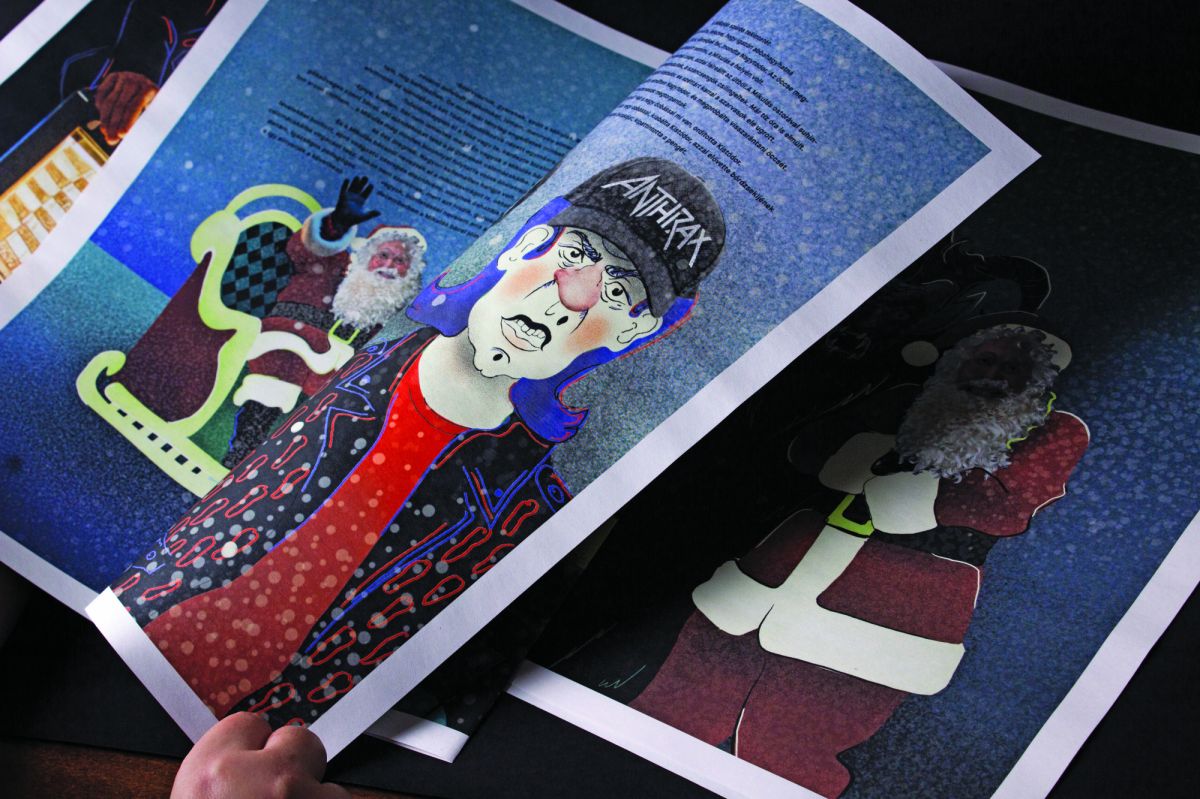
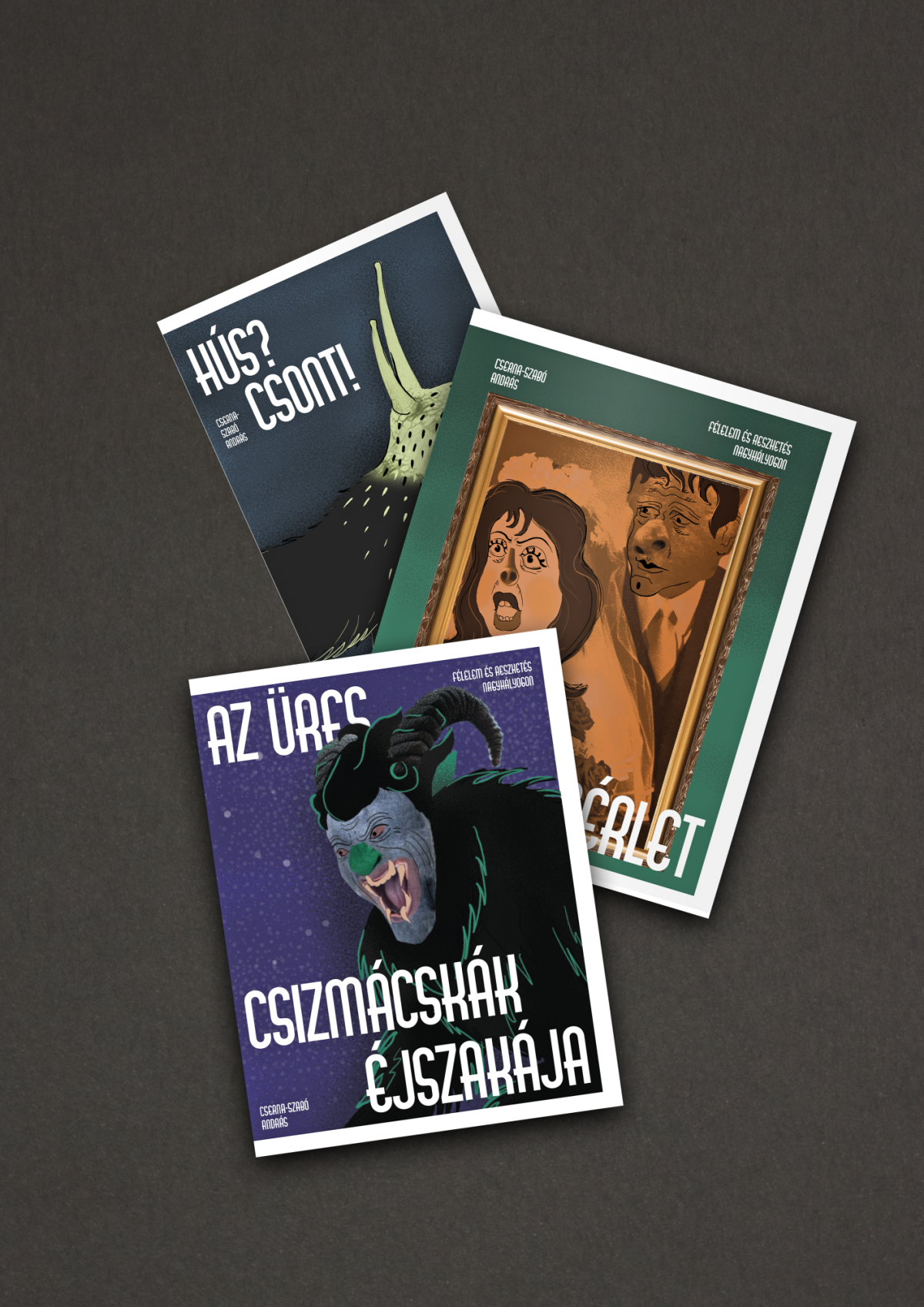
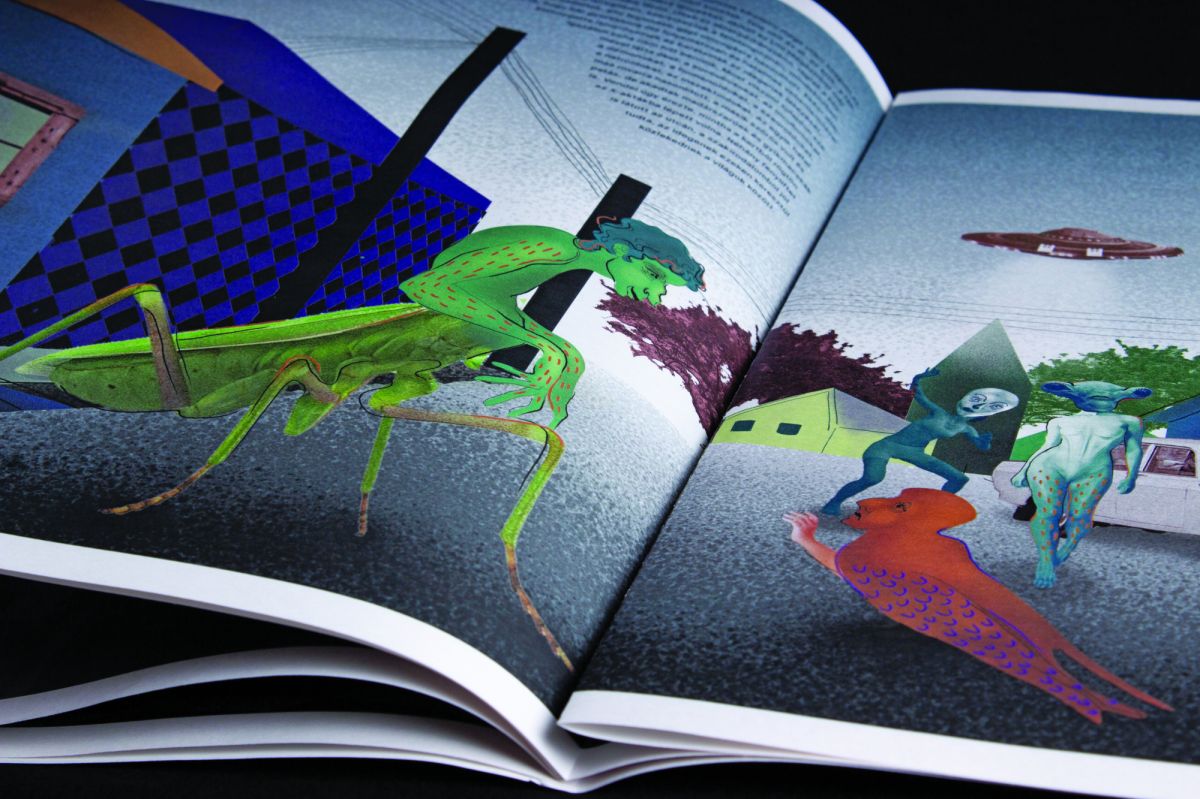
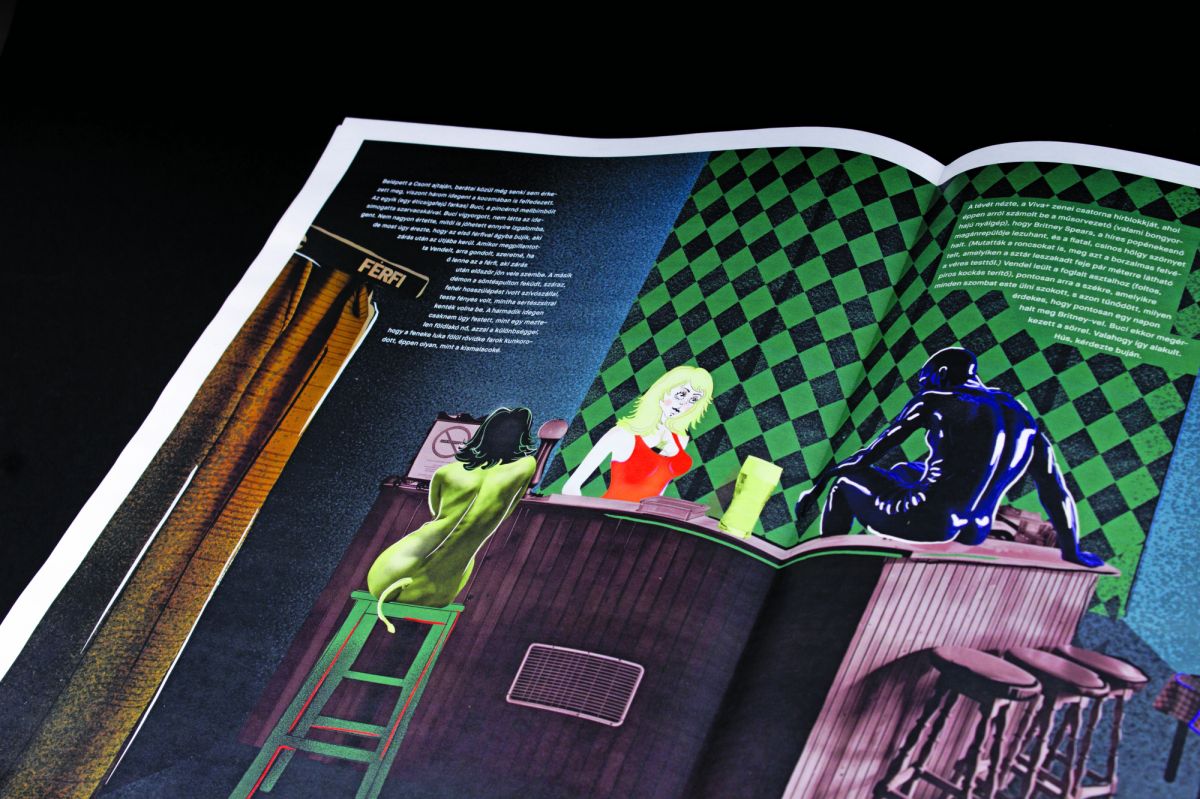
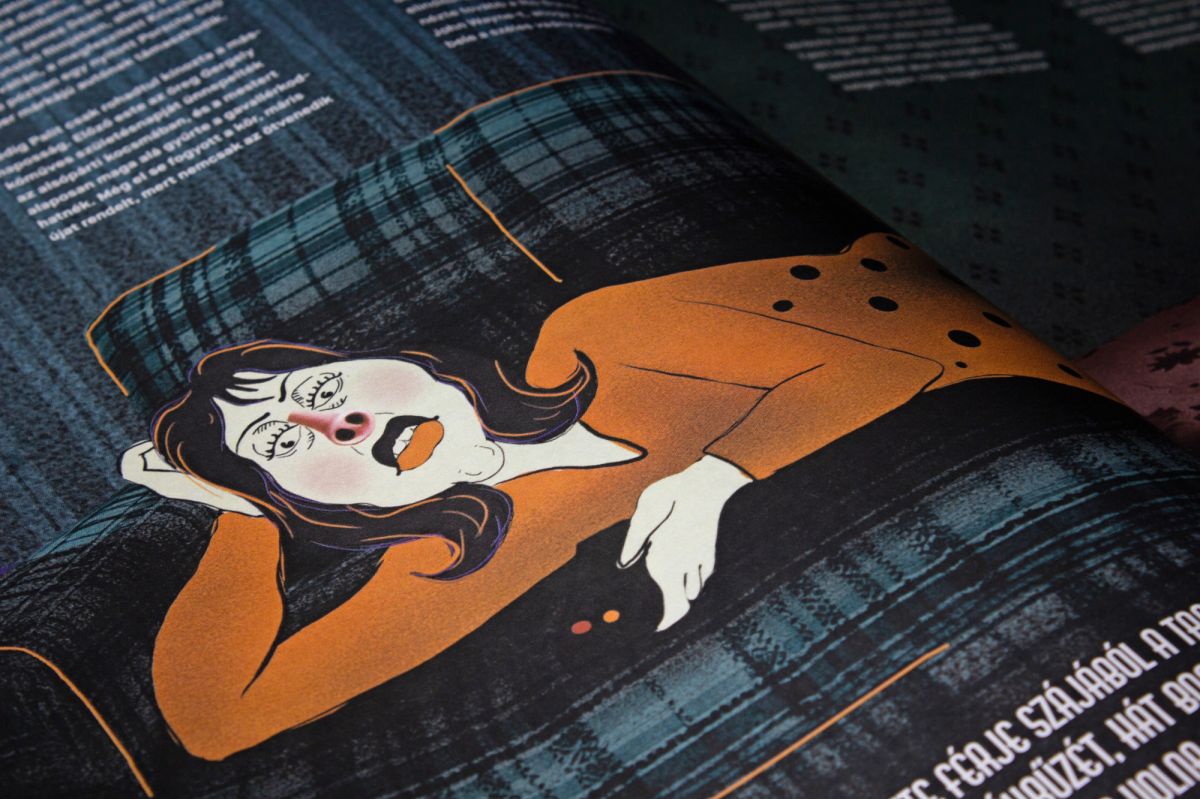
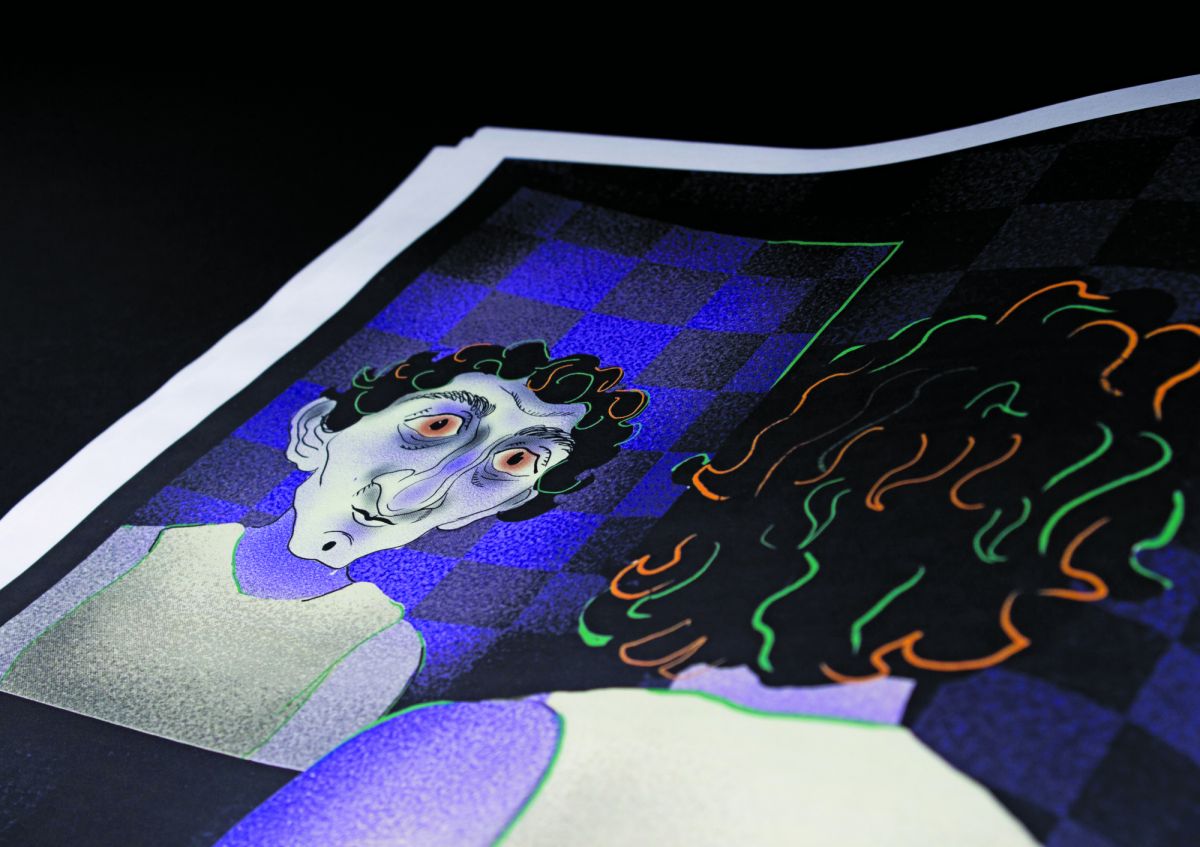
This thesis examines the aesthetic phenomenon of the grotesque, focusing on its historical development, visual forms, and contemporary applications. The ambivalent nature of the grotesque, which is at once ridiculous and frightening, attractive and repulsive, provides an opportunity to push aesthetic boundaries and critique social norms. The thesis presents the historical roots of the grotesque, its physical and visual distortions, and the three main types of emotional reactions it evokes: the Forms of the horrific, the comic, and the reverential. Finally, through examples from 20th-century artists and contemporary art, it analyzes how this visual language serves as a critical tool in today’s culture.
Consultant: Balázs Faa
identity: Márk Ungvári József | webdesign: Balázs Faa | powered by: Exxite CMS